Meditatively flashing back into these trips I began to envision and contemplate examples of where in our world these psychedelically-inspired patterns are typically found. The most obvious examples include, visionary art (such as the artwork of Amanda Sage, Alex Grey, Android Jones and Pablo Amaringo), glyphs of ancient languages, kaleidoscopic, stained-glass Medieval cathedral windows, Middle-Eastern and Oriental rugs, geometric Islamic art, design and architecture, Tibetan and Shipibo-flavored tapestries, yantras, mandalas, etc. And then, interestingly, a more non-conventional example electrified my brain: Haute Coutre.
|
Forty-five minutes after thoroughly sucking on your LSD micro tabs or chomping down on acid-drenched gummy bears, you begin to see glimmering fractal patterns swimming into your existence. These streaming projections of intriguingly complex geometry seamlessly spill into your consciousness like some sort of weird, futuristically familiar techno-organic liquid. These omnipresent, neon-colored acidic patterns are seen both internally and externally; whether they are being displayed on the opaquely pink-vermillion screen behind your closed eyelids, or on the titillating surfaces of walls, grass, trees and people's skin. These infinity-containing fractal microcosms invite you to dive into and explore their never-ending mystery. Also available, are the options of gazing into them in hypnotic befuddlement, inevitably losing yourself in a cosmic trance, or to playfully intermingle with them with the sounds of your giggles. The possibilities are endless as you can obviously transform them with your magic wand-like acid fingers, don't forget... don't forget... don't forget.
Meditatively flashing back into these trips I began to envision and contemplate examples of where in our world these psychedelically-inspired patterns are typically found. The most obvious examples include, visionary art (such as the artwork of Amanda Sage, Alex Grey, Android Jones and Pablo Amaringo), glyphs of ancient languages, kaleidoscopic, stained-glass Medieval cathedral windows, Middle-Eastern and Oriental rugs, geometric Islamic art, design and architecture, Tibetan and Shipibo-flavored tapestries, yantras, mandalas, etc. And then, interestingly, a more non-conventional example electrified my brain: Haute Coutre.
0 Comments
Although Valentine's Day is one of those Hallmark holiday travesties, we'll look right past that as long as you don't purchase any of those boring Valentine's Day Hallmark cards. Save the trees and rainforest, right? Skip the typical material gifts and get back into what really matters: soul-inspiring love. 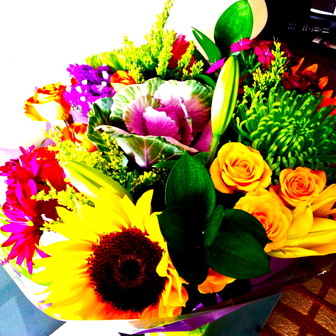 You should read her some poetry instead, over a goblet glass of vino, red. Non-commercial sacred chocolates, raw cacao and flowers. An abundant amount of fresh smelling blooming flowers for that matter. Stimulate your taste buds, feed each other firm red grapes, drip some local honey on your tongues and don't forget to taste the different types of olives, strawberries, raspberries, and blueberries, even. Set a romantic mood with beeswax candles flame up some sage and palo santo incense. Open up a jar of provocatively lubricative coconut oil and lather up each other's bodies with this slippery nectar. Open the windows and balcony door and let the cool earth's breeze in. Slide open the curtains and let the full moon's light in -- Ménage à quatre — Bring out the toys and play. 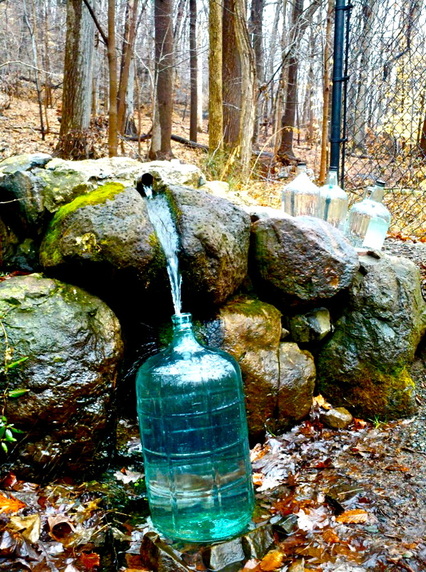 Locust Grove, NJ. Locust Grove, NJ. David Wolfe is probably one of the most knowledgeable, eccentric and radical superfood and health promoters out there in the world today. He's more than partially responsible for getting me into the ritualistic habit and practice of collecting spring water a couple of years ago. As it turns out, David Wolfe, was also responsible for turning the "Wild Water" advocate, Daniel Vitalis, on to spring water many years ago. Vitalis was so inspired by the practice of collecting and drinking spring water that he ended up developing and launching the online community-generated project, findaspring.com, an invaluable resource and user-generated website that enables you to easily access information and locations of cold springs from all around the world. (Mostly in the United States, but it's growing every day!) It's because of this website I was able to find many of the springs I've visited in the upstate New York and New Jersey areas. The spring water I collect in my glass gallons and five-gallon carboy is the only type of water I'll drink when I'm at home in New Jersey. Spring water should ideally be collected in glass because you don't want to risk having the petrochemicals found in plastic to seep into the immaculateness of your freshly collected spring water, would you? Both David Wolfe and Daniel Vitalis have been known to propagate the unparelelled benefits of drinking spring water. Because of the chlorine, environmental pollutants, deteriorating led plumbing pipes, fluoride, radioactivity (strontium-90) and the unfilterable and untreatable pharmaceuticals that trickle through people's bodies and pour into municipal water supplies, it's probably a good idea to start seeking alternative drinking waters. And collecting and drinking your own spring water is, I think, the highest way of going about it. Unless you're planning on taking semi-frequent trips up to glaciers and melt that water into your containers, or possibly setting up a bottling scheme to begin collecting drops of cave water, finding a spring near you is probably the more logical route. Although, I'd definitely be interested to hear about that water-collecting alternative. (You can share those stories in the comments below!) I've drank drops of cave water directly from dripping stalactites at a cenote in the Yucatan before and I would agree, that, yes, there definitely is a sacred aura in the experience of doing that. Going to Kirtans are literally one of my favorite things to do in life. The reverberative energy that loops through your body while you cyclically chant sacred, primordial, time-transcending syllables has the power to produce an ecstatic feeling of well-being as ancient mantric vibrations ripple through you in the form of a cosmic echo. While attending a Shiva Sutras workshop up in Esalen this past summer, I remember Benjy Wertheimer of the Kirtan group Shantala, pointing out that the Kirtan would unfailingly elevate him to a point of ecstasy each and every time he would sing and perform. And by the hysterical, stuck-in-an-orgasm look on his face during the concert, I wouldn't dare to doubt him. If you really get into the Kirtan you can certainly feel these manipulated vibrations take you on an ascending trip inwards and upwards. You can certainly zoom out and have a legitimate holotropic experience in the right setting. That being said, it's snowing slush in New Jersey today, and like most mornings, I think it's a perfect time to put up a video of Krishna Das performing "Radhe Shyam" from his vibrating Kirtan album "Live on Earth." Below are the cyclical Sanskirt lyrics along with a loose translation to shine some light on what the hell you're saying (if you decide to participate in the at-home Kirtan, which, after all, is the entire point of this blog.) So get on the Kirtan bus, press play, sit back and enjoy the cosmic vibrations ripple through your body. Raadhe Raadhe Raadhe Shyaam Govinda Raadhe, Jai Shree Raadhe Govinda Raadhe Raadhe Shyaam Gopaala Raadhe Raadhe Rhaadhe- Radha, Krishna's main love, the original goddess or Shakti. Shyaam- Another name for Krishna referring to his dark color. Govinda- The keeper or lord of cows. Jai- Hail, Victory, Hallelujah. Shree- Sri or Holy. Gopaala- Krishna's name as protector of cows. Raadhe Raadhe Raadhe Shyaam Govinda Raadhe, Jai Shree Raadhe
Govinda Raadhe Raadhe Shyaam Gopaala Raadhe Raadhe |
Categories
|

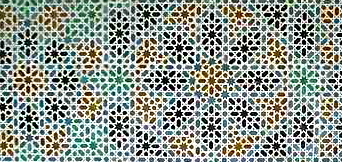
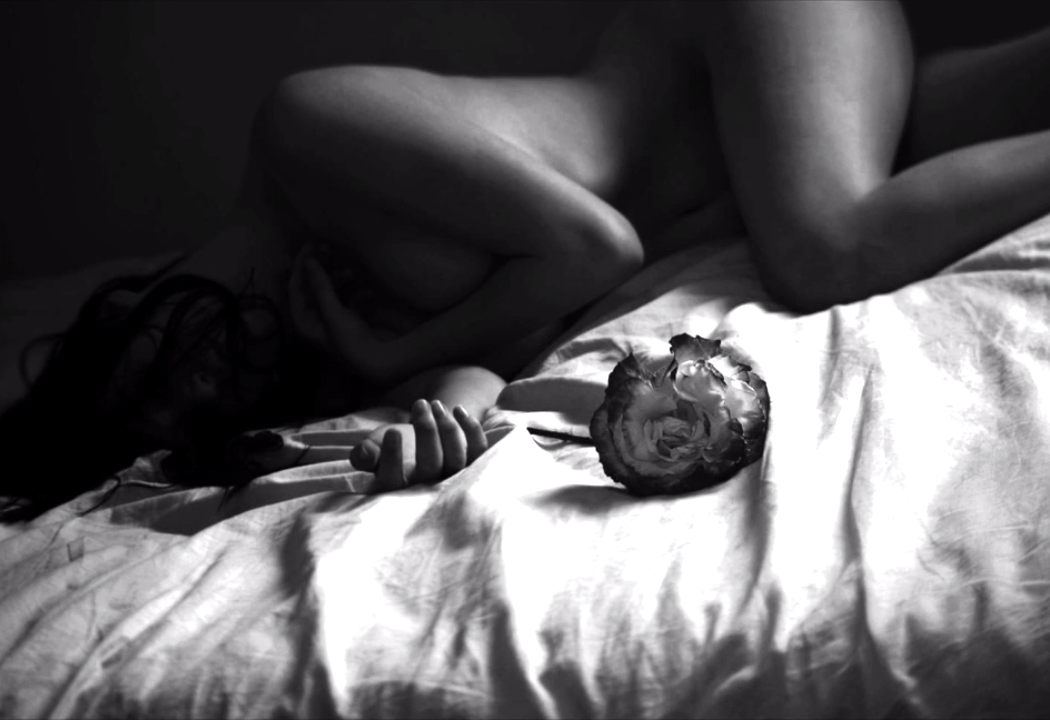
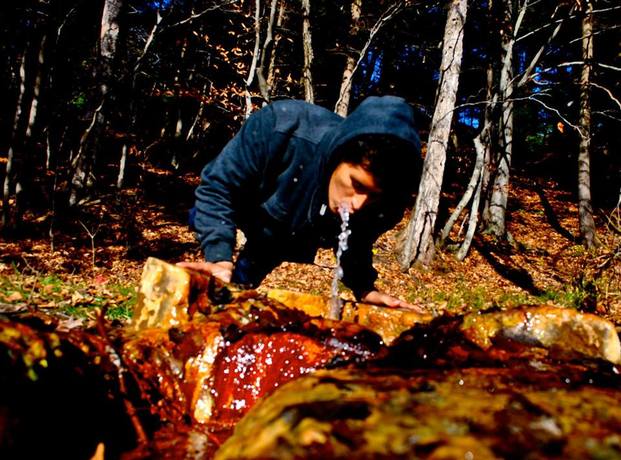

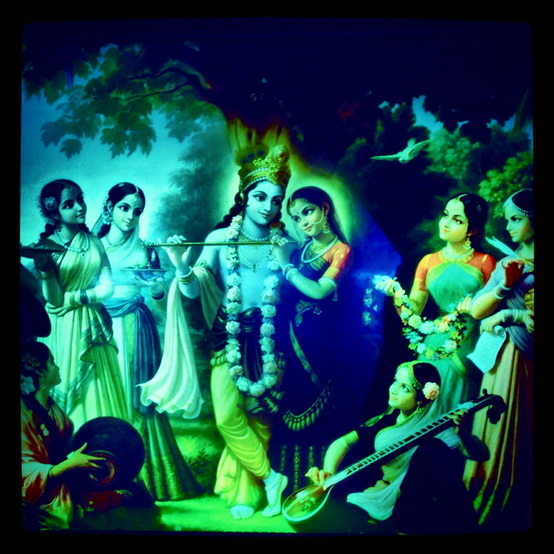
 RSS Feed
RSS Feed
